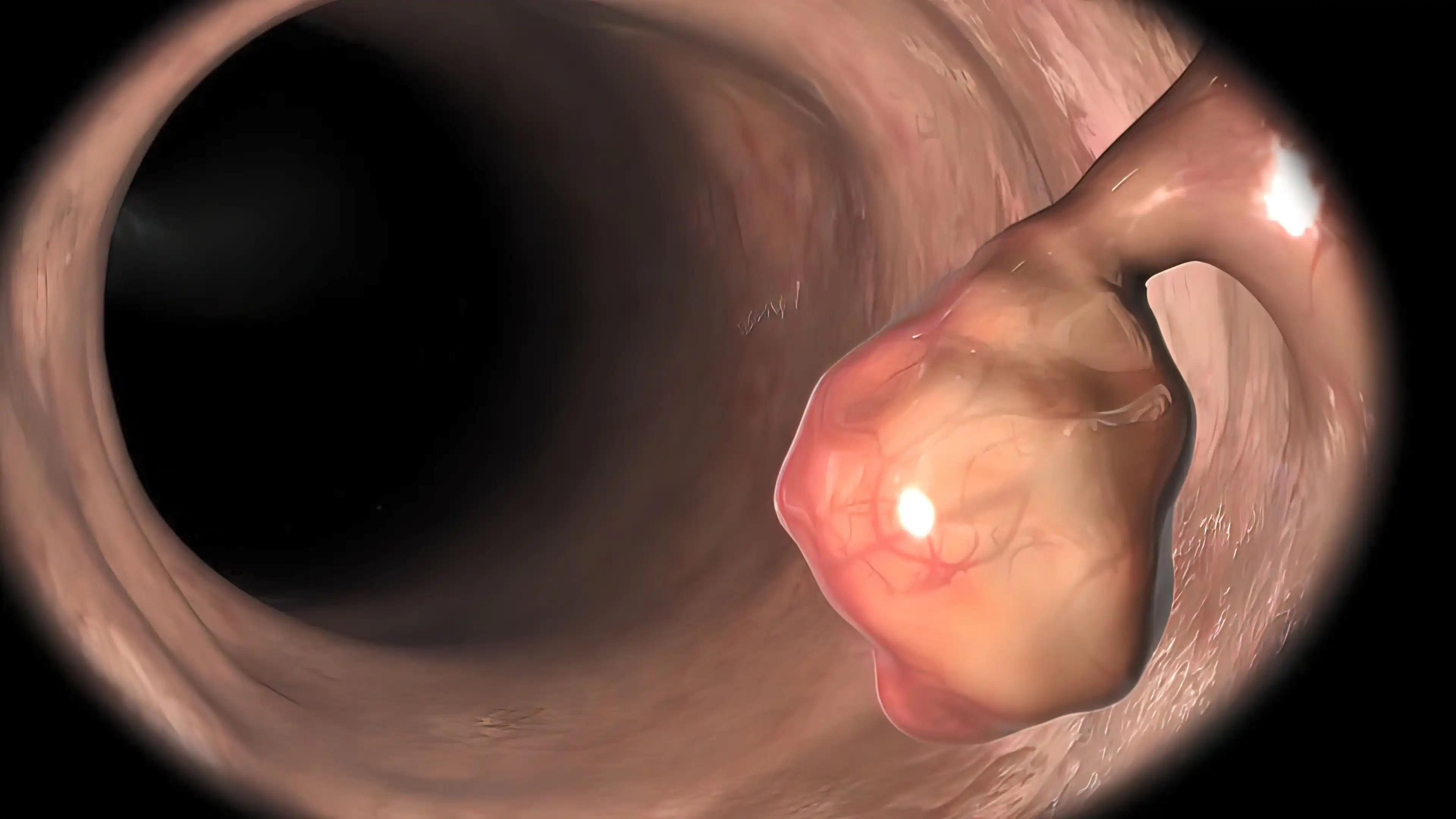KEY TAKEAWAYS
- The phase III XELAVIRI trial compared two treatment approaches, sequential and combination therapy, for patients with metastatic colorectal cancer (mCRC).
- The study demonstrated that CEA levels provided prognostic value in mCRC patients. In RASmut tumor cases, CEA levels might predict the suitability of sequential treatment.
The XELAVIRI trial compared two different treatment approaches, sequential and combination therapy, in patients (pts) with metastatic colorectal cancer (mCRC). The combination treatment was found to be more effective than the sequential approach in both the overall patient population and in those with RAS/BRAF wild-type (RAS/BRAFwt) tumors. However, in patients with RAS-mutant (RASmut) tumors, the sequential treatment yielded similar results. Carcinoembryonic antigen (CEA) is a well-established tumor marker used for prognostic purposes in mCRC pts, but its predictive value has not been confirmed. This analysis aimed to assess both the prognostic and predictive significance of CEA levels in the XELAVIRI trial.
To conduct the analysis, CEA levels were categorized into two groups based on their levels before treatment initiation: normal range (CEANR) and elevated CEA (CEAEL) using a cutoff of 5 ng/ml. Within the CEAEL group, pts were further divided into those with low CEA levels (5≤CEALOW < 275 ng/ml) and high CEA levels (CEAHIGH ≥ 275 ng/ml). The study evaluated survival parameters, including overall survival (OS) and progression-free survival (PFS), using Kaplan-Meier methodology and compared them using log-rank testing and Cox regression. The disease control rate (DCR) was analyzed using chi-square testing.
Out of the 420 pts in the full analysis set, 401 were eligible for CEA level analysis, comprising 76 (19.0%) with CEANR and 325 (81.0%) with CEAEL (with 232 in the CEALOW group and 93 in the CEAHIGH group). Response evaluation was possible for 357 pts (89.0%). Patients with CEAHIGH had a lower DCR of 87.8% (p=0.053) compared to those with CEANR (92.3%) or CEALOW (92.2%). No complete responses (CR) occurred in pts with CEAHIGH. A CR was achieved by 7.7% of pts with CEANR and 3.9% of those with CEALOW. Furthermore, 10.2% of pts with CEAHIGH experienced progressive disease (PD) compared to 7.7% with CEANR and 7.8% with CEALOW. Patients with CEANR had a more favorable prognosis than those with CEAEL in terms of both PFS (12.6 vs. 8.8 months, p < 0.001) and OS (31.0 vs. 21.4 months, p < 0.01). When CEAEL was stratified into CEALOW and CEAHIGH, there was no difference in PFS (8.9 vs. 8.5 months, p=0.562), but pts with CEAHIGH had a worse OS compared to those with CEALOW (17.7 vs. 22.6 months, p < 0.001).
In pts with RAS/BRAFwt tumors, combination therapy appeared to have a potential benefit in both CEANR (PFS 19.0 vs. 13.4 months, p=0.107; OS 51.5 vs. 29.2 months, p=0.012) and CEAEL (PFS 12.7 vs. 7.8 months, p=0.009; OS 29.6 vs. 20.8 months, p=0.082). However, due to the small number of pts, no further distinction could be made within the CEAEL group. For pts with RASmut tumors, there was no difference in PFS and OS between the treatment arms in pts with CEANR (PFS 10.4 vs. 10.9 months, p=0.251; OS 30.5 vs. 29 months, p=0.938) or CEALOW (PFS 10.6 vs. 9.2 months, p= 0.489; OS 21.0 vs. 22.5 months, p=0.789). However, in pts with RASmut tumors and CEAHIGH, combination treatment showed a trend toward improving both PFS (10.9 vs. 5.3 months, p= 0.022) and OS (23.3 vs. 14.6 months, p=0.046).
CEA levels have prognostic value in mCRC pts. In pts with RASmut tumors, CEA levels may have predictive value: for pts with CEANR and CEALOW, a sequential treatment approach might be a reasonable choice. These findings should be further validated in an independent cohort.
Source: https://www.annalsofoncology.org/article/S0923-7534(23)00377-0/fulltext
Clinical Trial: https://classic.clinicaltrials.gov/ct2/show/NCT01249638
Alig, A., Heinemann, V., Weikersthal, L.F.V., Decker, T., Vehling-Kaiser, U., Uhlig, J., Schenk, M., Denzlinger, C., Stahler, A., Held, S., Stintzing, S., Modest, D., Heinrich, K. P-179 Prognostic and predictive value of CEA before initiation of therapy in the XELAVIRI trial. DOI:https://doi.org/10.1016/j.annonc.2023.04.235



